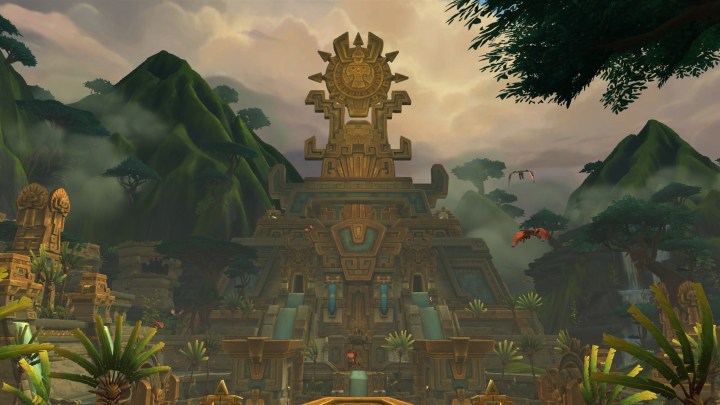8 Tips for Choosing an Art School
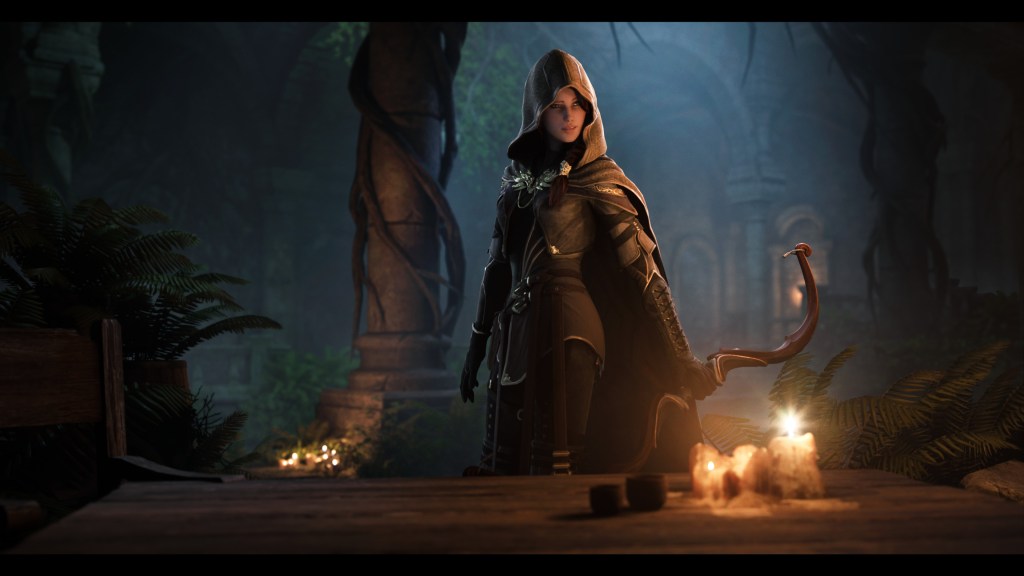
Art School Search Tips From Industry Pros
Art school is a big investment of your time, money, and energy, so it’s only natural you’ll have questions before applying. For this interview, we asked three professional artists—Brandon Lyon, Anngelica Parent, and Tyler Bolyard—about their art school experiences. Discover their advice for choosing a learning program that’s right for you!
Meet the Artists:

Anngelica Parent is a Senior Level Lighting Artist at Naughty Dog. She received her Bachelor of Science Degree in Animation Technology (BSAT) from University of Arkansas – Forth Smith in 2012, and her Master of Fine Arts (MFA) degree from the University of Texas at Dallas in 2015.

Tyler Bolyard is a 3D Character Designer at Netflix Animation. He completed his Bachelor of Fine Arts (BFA) at Columbus College of Art & Design in 2011, and his CG Certificate in 3D Modeling & Texturing from Gnomon School of Visual Effects in 2013.
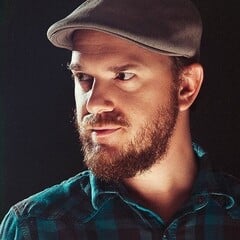
Brandon Lyon is a Digital Sculptor at Funko. He graduated from Cypress College in 2003.
Tip #1: Have Your Career In Mind While Searching
Knowing what you want to learn can help narrow your search. At first, Brandon’s study of digital arts at Cypress led him to work in graphic design and motion graphics. But it took him a while longer to realize he enjoyed digital sculpting more.
The sooner you can recognize what it is you really want to be doing professionally, the better. My experience wouldn’t have been so roundabout if I had realized I wasn’t passionate about graphic design. That being said, there’s no harm in taking alternative routes to get where you want to be.
Brandon Lyon
For those who remain uncertain, attending an art school with a broad range of different classes can help you identify what you want to do. When Tyler took an elective course in 3D art at CCAD, he realized he wanted to focus on that discipline. Anngelica also points out that school can teach you more about the steps of the production pipeline.
This is a good thing when students are starting out, because they may think they know what they want to do…until they start doing it. I thought I’d like being an animator, until I started learning to animate and I quickly realized it wasn’t for me.
Anngelica Parent
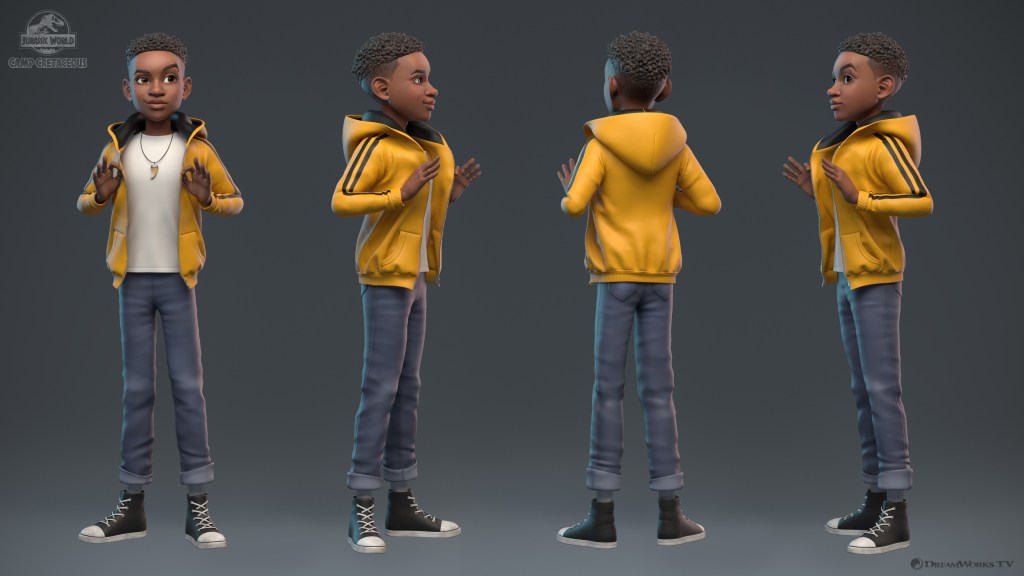
Tip #2: Consider the School’s Curriculum
Check to see if a school’s curriculum is broad or specialized. While a broad education can let you try many things, it might not be specific enough for your career goals. After Anngelica graduated with her undergraduate degree, she had general knowledge of several topics but wasn’t highly skilled in any one discipline. Her portfolio wasn’t focused enough to find work, which partly influenced her decision to later attend grad school at UTD and sharpen a specific skill set. Anngelica believes that students should focus on only one or two skill sets unless they want to be a generalist. She also suggests checking if a school prefers practical training or academic theory.
Some programs can lean more heavily toward one or the other, so it’s important to take that into consideration when choosing a school.
Anngelica Parent
It can also be helpful to see what others have said about the school’s program. See if the school that you’re interested in has been recognized with high rankings in school comparison reviews, or if it has won awards for its curriculum.
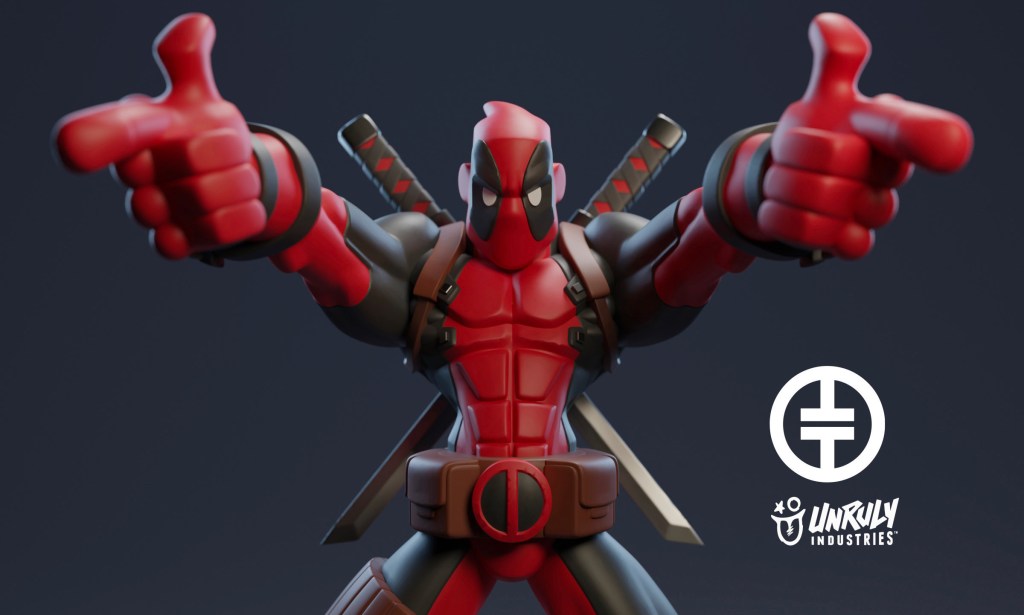
Tip #3: Look at the School’s Student Work
Do the grads of the program you’re looking at have awesome portfolios? That’s a good sign. Looking at the caliber of prior student work influenced Tyler’s art school decision:
I think displaying student work is a great way to not only honor the art by putting it on display, but also shows the kind of quality of education you might expect to get out of the classes and resources at the school. Of course with pretty much anything in life that you study, you’re going to get out of it what you put in, but seeing the high bar of student work in the campus galleries definitely had an influence on my decision to attend full-time.
Tyler Bolyard
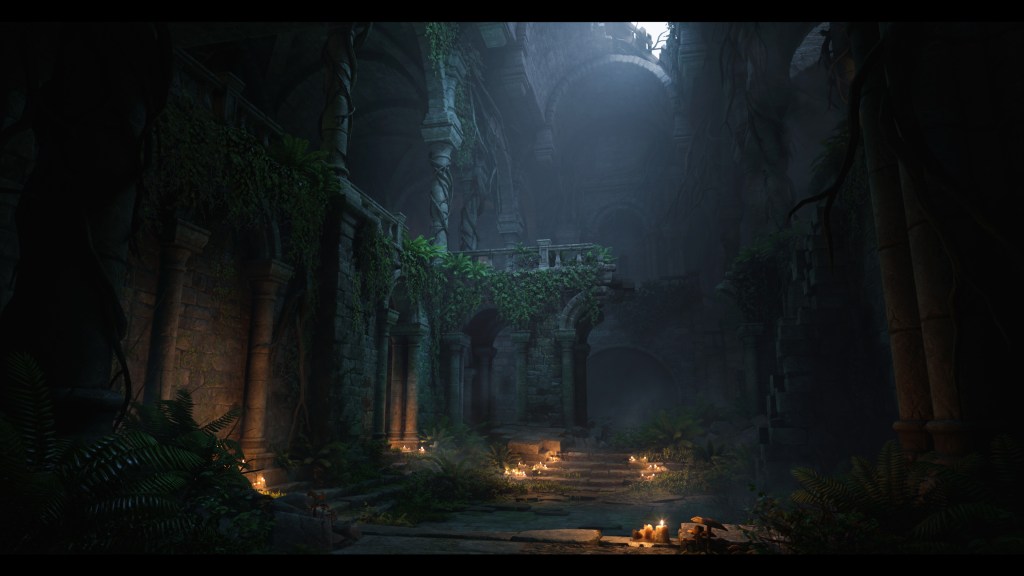
Tip #4: Scout Out the School’s Extracurricular Activities
Anngelica suggests considering what clubs, research projects, and internships are offered at your prospective school. She told us that the experience students can gain on these projects, especially in a team setting, can be invaluable and help you understand the expectations of a professional work environment. Anngelica’s involvement on campus ranged from helping start an animation club to doing 3D modeling while studying abroad. She was also a graduate teaching assistant and worked in research for environment art, which offered her tuition assistance.
Tip #5: Consider What Networking Opportunities are Provided
Brandon got his first art job through a friend from an art class at Cypress. Anngelica’s first industry jobs with Reel FX and Gearbox Software happened with the help of recommendations from former classmates. Tyler was able to network with industry professionals during Gnomon events like the ZBrush Summit. This is a small industry, so many of your classmates will likely be your coworkers in the future!
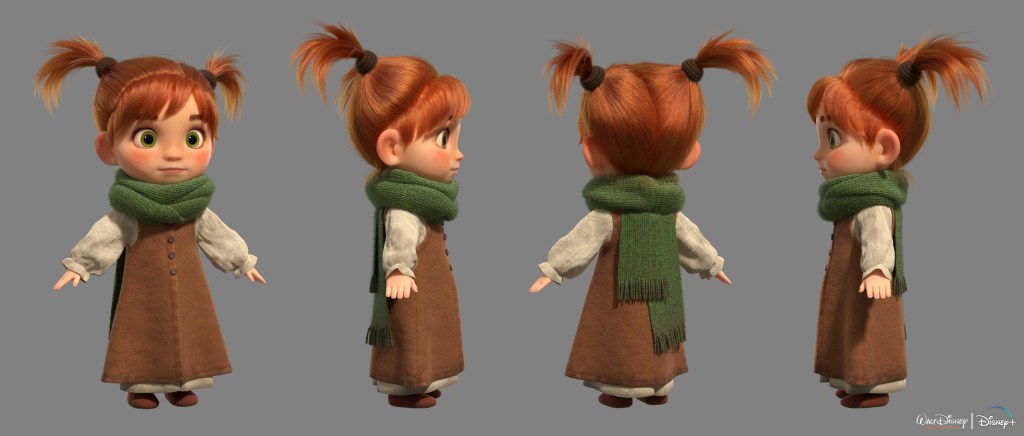
Tip #6: Work Within Your Budget
There are other factors to keep in mind when making a decision like this. Cost influenced Brandon’s decision to attend a community college, especially since he wasn’t sure what he wanted to do after high school. His study allowed him to fulfill general education requirements while he figured out his career path.
Don’t forget other added costs like relocation; are you willing and able to move? There may be benefits to studying in traditional industry locations like Los Angeles, but the rise in remote art school programs has opened new possibilities for art students.

Tip #7: Ask Yourself If You’ll Improve Your Portfolio
At the end of the day, studios will be most interested in what you can create. Brandon emphasized that a strong portfolio and skill set are the most important factors for getting work. Anngelica also told us that the industry preparation and practical work she had at school were more important than her grades.
I would often get caught up in getting an A or worrying about my GPA. Those mattered for keeping scholarships and passing classes. But ultimately, the portfolio is what gets you a job, not the grades.
Anngelica Parent
Tip #8: Be Open To Different Learning Options
Research the differences between public and private schools, universities, and trade colleges. In addition to that, investigate if training outside of formal schools is a good fit for you. For example, tutorials that Brandon purchased online are what helped him move forward with his digital sculpting career. Ask yourself if you’re a student who would benefit from the structure and resources provided by art school, or if you’re looking for other ways to learn and build a strong portfolio. If you do take the plunge into art school, you can always add self-directed resources like ArtStation Learning and ArtStation Marketplace tutorials to your training!



















